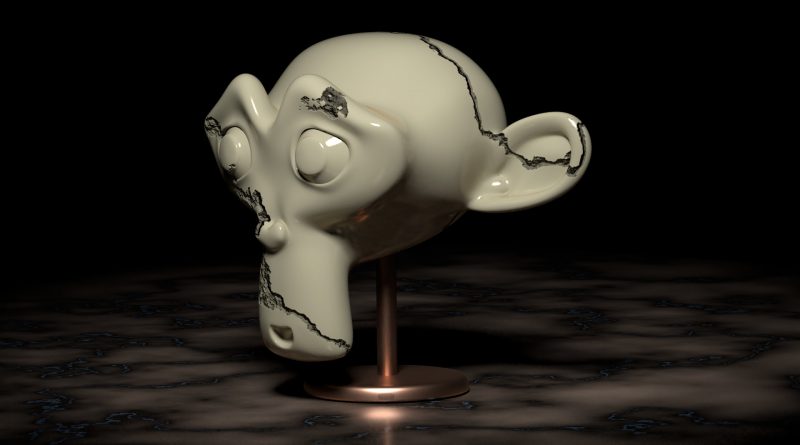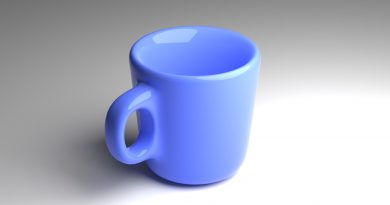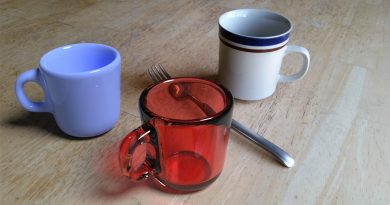Blender Denoising Tested
You can get some amazing results by rendering with Cycles in Blender, but one issue that you have to deal with is image noise. Fortunately, Blender will be releasing a new Denoising feature in version 2.79 that can help. This new feature can filter out rendered image noise, and in many cases, you can achieve great results with fewer render samples and faster render times. So let’s jump right in and look at how to use Denoising, and then we’ll put it to the test with three different scenes.
Video – Blender Tutorial – New Image Noise Removal Tool (Denoising)
How to use Blender Denoising
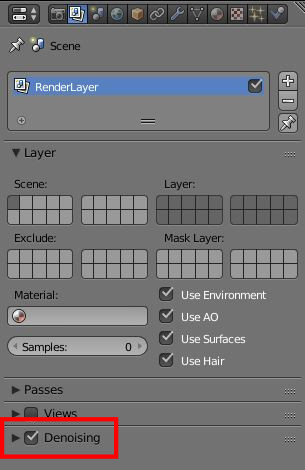
You can find the new Denoising section by clicking the Render Layers button. To enable it, just add a check mark next to Denoising. Now when you render an image, Blender will apply Denoising while it is rendering. (Note: The Denoising check box will not be visible unless you select the Cycles Render Engine first.)
Based on some experimentation, I’ve discovered that with some scenes, you can just enable Denoising and it works really well. With other scenes, you need to be more careful how you use it. We’re going to look at three different scenes, and in each case, we’ll look at how to achieve nice results.
First Scene – Easy Blender Denoising Scene
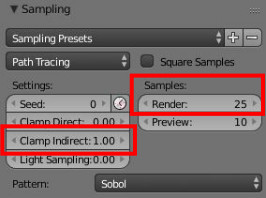
Clamp Indirect = 1.0
Let’s start by looking at a scene where it was very easy to use Blender Denoising to achieve great results. For the following two images, the number of render samples was set to 25. The Clamp Indirect value was also set to 1 to help prevent fireflies (Fireflies are unwanted bright speckles in the image.) Denoising was disabled for the first image and enabled for the second.
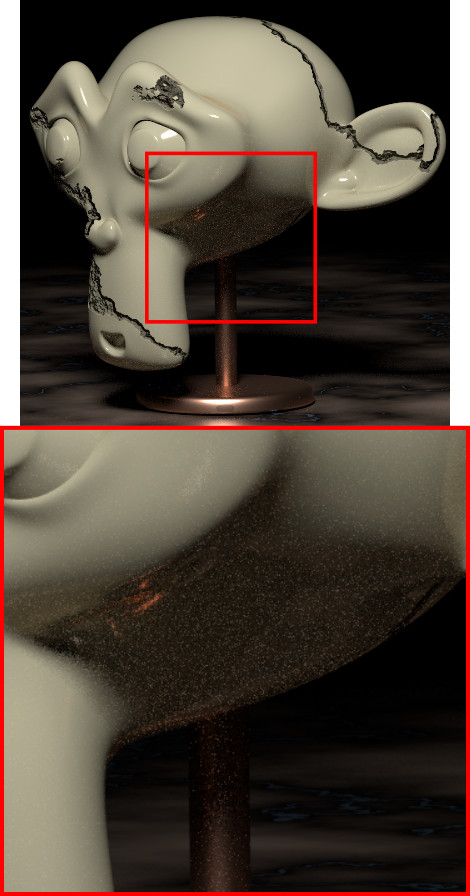
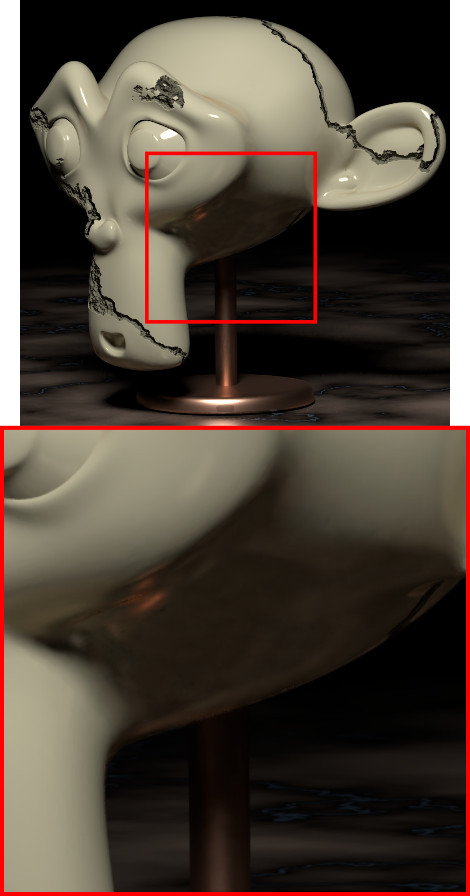
With Denoising disabled, you’ll notice that there is a lot of noise on the bottom side of the monkey head. With Denoising enabled, the area is much cleaner.
Second Scene – Blender Denoising Produced Uneven Patchy Areas When the Number of Render Samples Was Too Low
In some cases, Blender Denoising can cause areas of the image to look uneven and patchy. This can occur when the number of render samples is set too low. To illustrate this, the number of render samples was set to only 25 for the following two images. The Clamp Indirect value was set to 1. Denoising was disabled for the first image and enabled for the second.
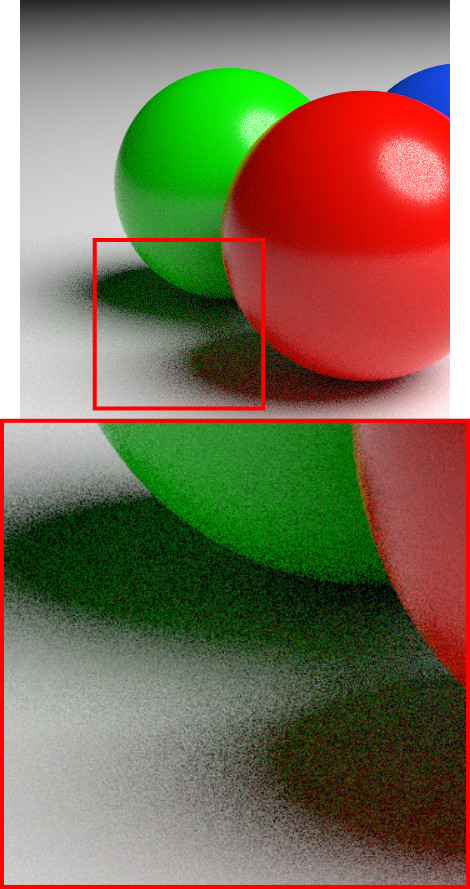
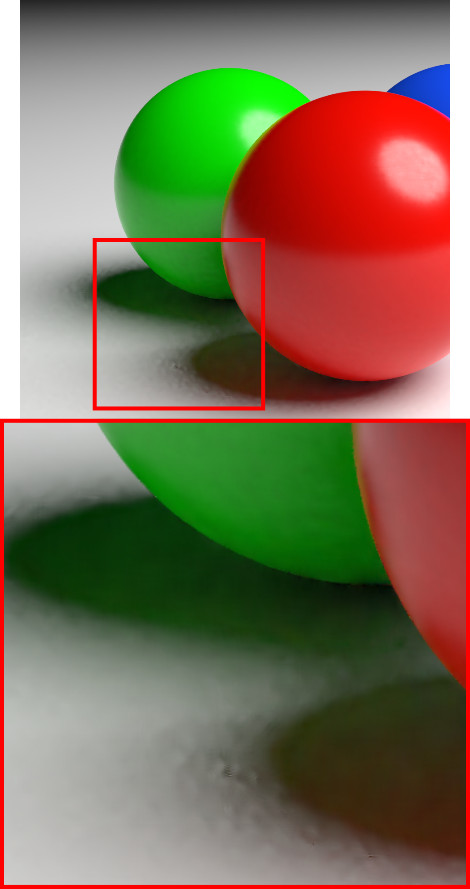
With Denoising disabled, you’ll notice that there is a lot of noise in the shadows. With Denoising enabled, the noise is smoother, but it’s also uneven and patchy. Now let’s look at the same images with the number of render samples set to 150.
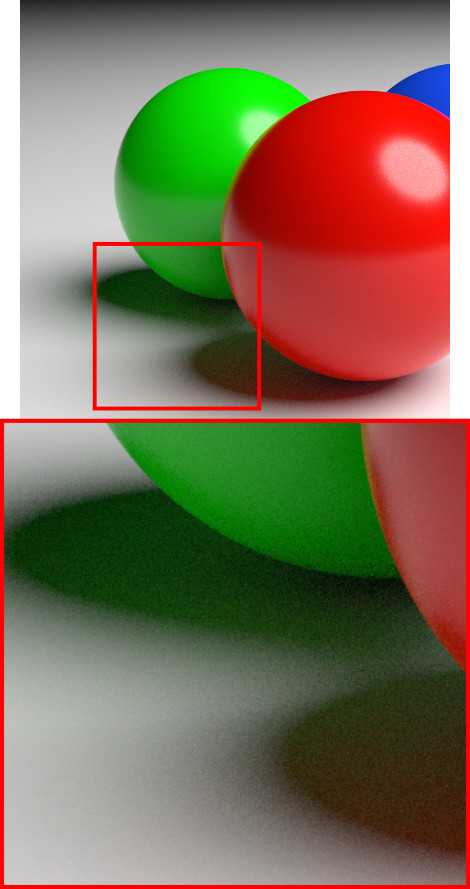
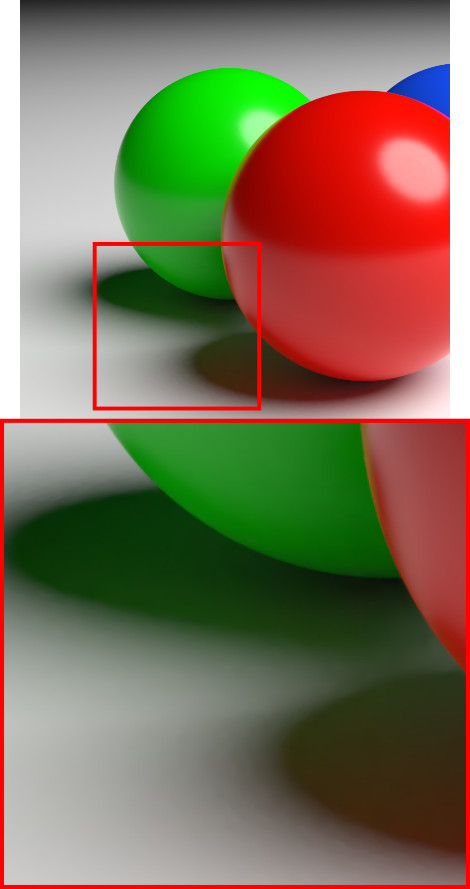
With Denoising disabled, you’ll notice that there is still noise in the shadows. With Denoising enabled, the noise is smoother and more even.
Third Scene – Blender Denoising May Smooth out Image Details If Denoising Strength Is Too High
In addition to smoothing out noise, Blender Denoising may also smooth out some of the details in a rendered image. Therefore, for some scenes, it may be beneficial to reduce the Denoising strength to preserve detail. However, since this will also result in reduced noise smoothing, the number of render samples should be set high enough so that Denoising will still be effective.
You can expand the Denoising section to see the optional values. The Denoising Strength value is shown below.
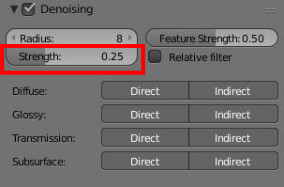
For the following two images, the number of render samples was set to 250, and the Clamp Indirect value was set to 1. Denoising was disabled for the first image. For the second image, Denoising was enabled with the strength value set to 0.25 (The default Denoising strength value is 0.5.)
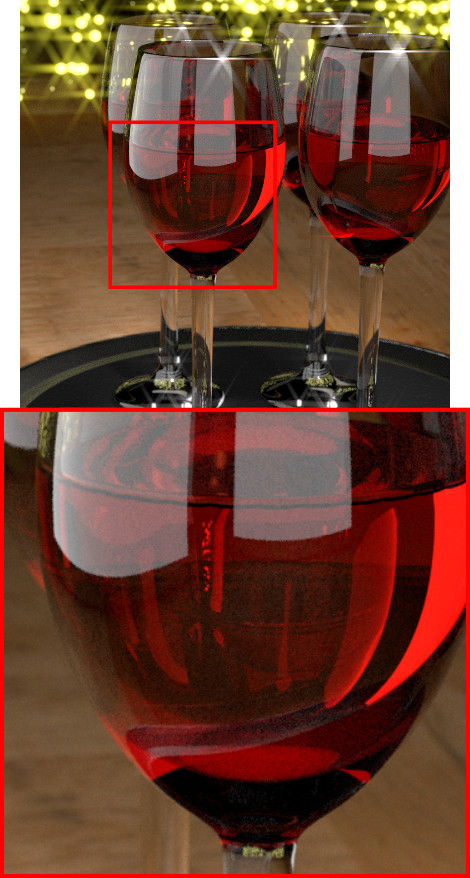
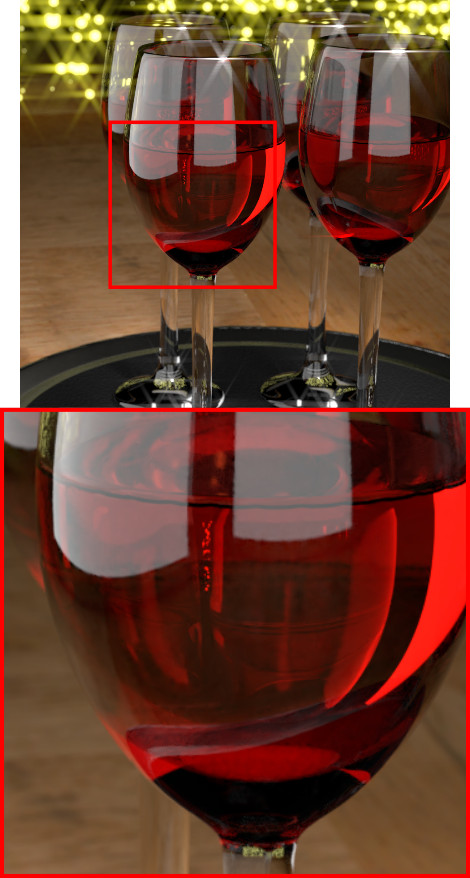
With Denoising disabled, and the number of render samples set to 250, there is only a little noise. With Denoising enabled, it looks even better. Since there was not too much noise to begin with, the reduced Denoising strength didn’t prevent Denoising from doing a good job. In addition, by reducing the Denoising strength, the loss of detail was minimal.
Summary
I tested Blender Denoising with three different scenes. Below is a summary of the results.
- First Scene (Monkey Head) – Denoising worked very well, even with the number of render samples set to only 25.
- Second Scene (Spheres) – With the number of render samples set to 25, Denoising produced uneven, patchy spots in the shadow areas. After increasing the number of render samples to 150, the image looked good.
- Third Scene (Wine Glasses) – With the number of render samples set to 250, and the Denoising strength set to 0.25, Denoising produced a nice clean image with minimal loss of detail.
